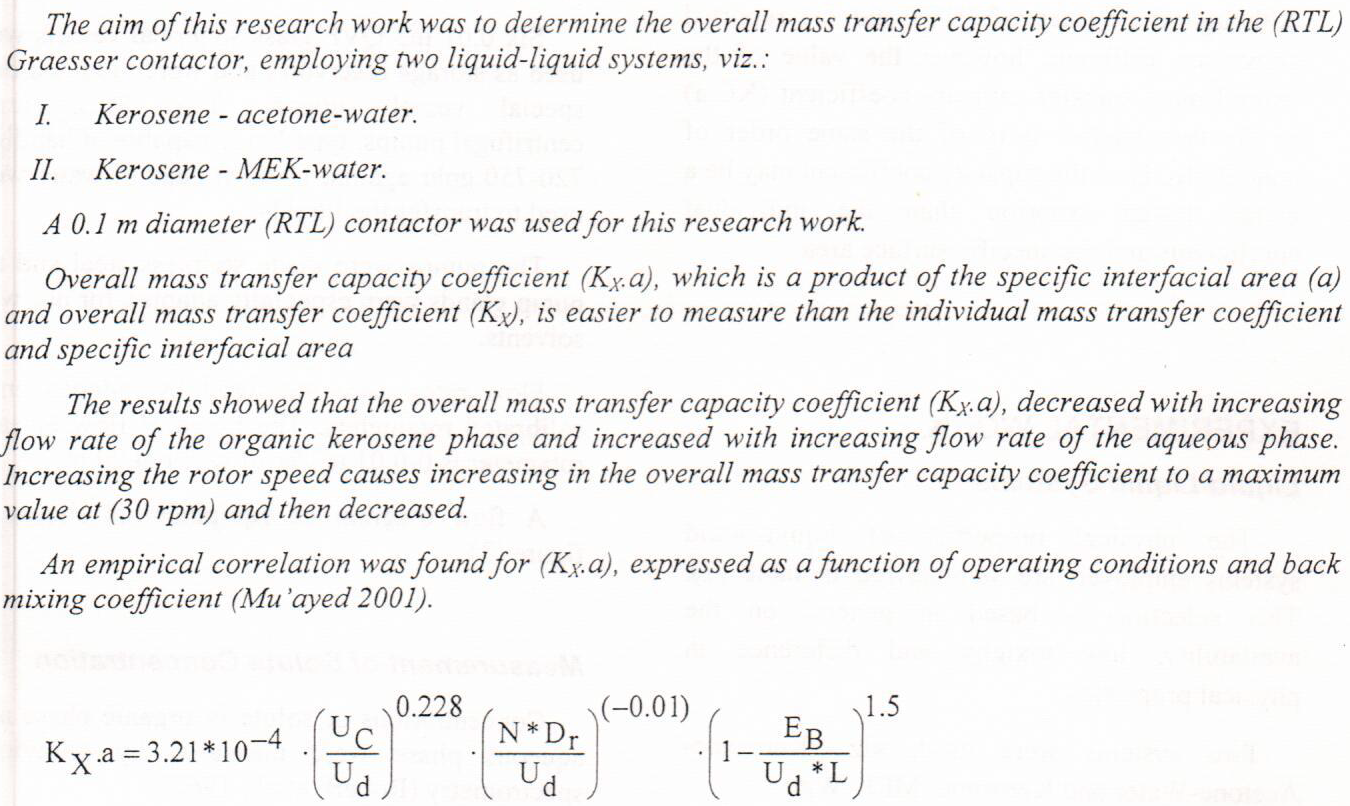
Abstract:
The aim of the current study was to investigate the possible protective effect of graded doses (5, 10, and 15mg/kg) of pyridoxine hydrochloride intraperitoneally injected against (15mg/kg) doxorubicin-induced cardiotoxicity in female rats. Fifty-six (56) Wistar albino female rats were utilized weighing 180-200 gm allocated into eight groups, seven rats each; Group I: negative control distilled water; Group II: Pyridoxine (5mg/kg); Group III: Pyridoxine (10mg/kg); Group IV: Pyridoxine (15mg/kg); Group V: doxorubicin (15 mg/kg); Group VI: Pyridoxine (5 mg/kg) prior to
... Show More (7)
(7)
This article aims to determine the time-dependent heat coefficient together with the temperature solution for a type of semi-linear time-fractional inverse source problem by applying a method based on the finite difference scheme and Tikhonov regularization. An unconditionally stable implicit finite difference scheme is used as a direct (forward) solver. While by the MATLAB routine lsqnonlin from the optimization toolbox, the inverse problem is reformulated as nonlinear least square minimization and solved efficiently. Since the problem is generally incorrect or ill-posed that means any error inclusion in the input data will produce a large error in the output data. Therefore, the Tikhonov regularization technique is applie
... Show MoreThe placement of buildings and structures on/or adjacent to slopes is possible, but this poses a danger to the structure due to failures that occur in slopes. Therefore, a solution or improvement should be determined for these issues of the collapse of the structure as a result of the failure of the slopes. A laboratory model has been built to test the impact of some variables on the bearing capacity factor. The variables include the magnitude of static axial load applied at the center of footing, the depth of embedment, the spacing between geogrid reinforcement layer and the numbering of the geogrid sheet under the footing, the inclination angle of slope clayey soil (β), the spacing between the footing's edge and the slope's end (b/H). Th
... Show More (4)
(4)
 (3)
(3)
Background: Non-alcoholic fatty liver disease (NAFLD) is the most common liver disorder globally. The prevalence is 25% worldwide, distributed widely in different populations and regions. The highest rates are reported for the Middle East (32%). Due to modern lifestyles and diet, there has been a persistent increase in the number of NAFLD patients. This increase occurred at the same time where there were also increases in the number of people considered being obese all over the world. By analyzing fatty liver risk factors, studies found that body mass index, one of the most classical epidemiological indexes assessing obesity, was associated with the risk of fatty liver. Objectives: To assess age, sex, and body mass index (BMI) as
... Show MoreIn this article it is proved experimentally that the photon is a particle that has mass and constant wavelength by explaining the effect of refractive index on the wavelength and the natural mass of photon. It is very difficult to measure the mass of photon, a simple and easy process was proposed in this paper to calculate the mass length of photon in vacuum (Y) and in medium (Y*), by measuring the length of laser beam in air (Lair) and in medium (Lmed). A new method was postulated to calculate refractive index by using these relations (n = Y*/Y), and (n = Lmed / Lair) which supposed a new theory of light.
Breast mass is by far the most important clinical problem that concerns the breast today. This study was carried out to evaluate diode laser as a cutting tool in breast mass excision and as a hemostatic tool for coagulation during surgery. Using 810 nm diode laser with optical fiber 600μm in diameter of conical tip, udder (cow's breast) tissue, and three female patients (mean age of 35.5 y with clinically palpable breast mass) had been used in this study. The patients were followed up regularly postoperatively. In preliminary work on udder tissue, the power needed for cutting and excision was 15W (power density= 5.3 kW/cm2). The time consumed for excision of a piece of udder tissue, 40×10×3 mm in dimensions was 5 min. The depth range
... Show MoreBackground: Non-alcoholic fatty liver disease (NAFLD) is the most common liver disorder globally. The prevalence is 25% worldwide, distributed widely in different populations and regions. The highest rates are reported for the Middle East (32%). Due to modern lifestyles and diet, there has been a persistent increase in the number of NAFLD patients. This increase occurred at the same time where there were also increases in the number of people considered being obese all over the world. By analyzing fatty liver risk factors, studies found that body mass index, one of the most classical epidemiological indexes assessing obesity, was associated with the risk of fatty liver.
Objectives: To assess age, sex, and body
... Show MoreThe study aimed at identifying the mental capacity of the research sample and classifying them for the purposes of the study, preparing the scale of cognitive control of the subject of teaching methods of sports education, preparing educational units by establishing the question network for the subject of the teaching methods of sports education, and adopting the experimental method by experimental design workers (2×2) for the two groups The limits of the research community are represented by third-stage students of the Department of Physical Education and Sports Science in the morning study of the College of Knowledge, the Community University, which continues in the regular working hours of the year (2019-2020) adult Their number
... Show More (2)
(2)
